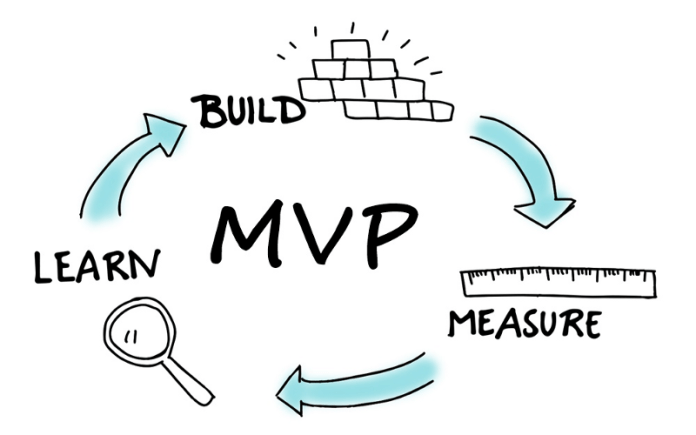A minimum Viable Product is an approach to product development that focuses on lowering risk and minimizing the amount of resources needed for developing software products. It helps teams validate business assumptions and reduces the number of expensive mistakes that can be made.
Many teams fail to realize that an MVP is more than just a prototype. It needs to include core functionalities that bring value to users.
1. Market Research
Market research is the process of collecting information about your audience. Using this data, you can identify their pain points, needs and desires. This will help you determine the features and functionality of your product.
Many startups launch their products with a limited feature set. This helps them get a better understanding of the market and reduces the risk of failure. It also allows them to achieve product-market fit quickly.
Many famous companies have started small. For example, the shoe company Zappos began as a small online store. This allowed them to gain an understanding of the market and build a list of customers. Then, they grew their business with a full-featured product. This is called the lean startup approach. It is based on the principle of “build, measure and learn.” This enables teams to collect the maximum amount of validated learning about their customer base with minimal effort.
2. Customer Development
The Minimum Viable Product approach focuses on understanding customer problems and prioritizing product requirements. It also involves putting together core features to test in real-world environments.
Using this process, you can gain valuable feedback from potential customers to help guide your product development decisions. This will ultimately lead to a successful product launch that produces desired value for customers.
This is particularly important for startups, which often struggle to secure venture capital funds or even angel investment. An MVP can help them avoid spending massive amounts of money on a product that may fail to deliver on its promise. It also allows them to get their product to market faster before interest wanes or a competitor enters the space.
3. User Testing
User testing is a great way to get feedback from real users about the product. It’s important to know what you want to test before deciding on a testing plan. This could include identifying the most important features to focus on, or it might be to see how well the product works in the hands of a real-world audience.
A good usability testing script outlines the tasks to be performed by participants, and how to ask for feedback. It’s also important to make sure that the testing space is quiet and comfortable for your participants.
A business needs to ensure that its MVP aligns with its strategic goals before launching it. This will help to prevent the company from investing time and money into a product that doesn’t meet market demand.
4. User Interface Design
User interface design is a critical component of creating successful products. UI designers need to balance technical functionality with aesthetics and accessibility. They also need to consider the users’ mental model and use the product in real-life situations.
When launching a new product, it’s important to keep the features minimal. Adding too many features can make the product difficult to use and can result in more expensive development. Additionally, it can delay the time until the product is ready to be released to the public.
A minimum viable product is a launchable version of a new product that allows teams to collect maximum validated learning with the least amount of effort through a build, measure, learn cycle. It’s a core concept in the lean startup methodology and helps teams avoid building products that customers don’t want.
5. Product Development
New-product development can be a very expensive undertaking. To reduce costs, it’s best to start with a stripped-down version of the product that can still capture the maximum amount of user feedback with the minimum investment of time and resources.
This is the core concept behind the lean startup philosophy. Teams that add too many features risk taking longer, spending more money and making their products less usable in the process.
It’s also important to take the time to make sure that the MVP you plan on building aligns with your team’s or company’s strategic goals. This can help you drop any ideas that don’t match those goals and ensure that the remaining features are worth pursuing. This will allow you to focus on developing an exceptional viable product that’s ready for public release.



